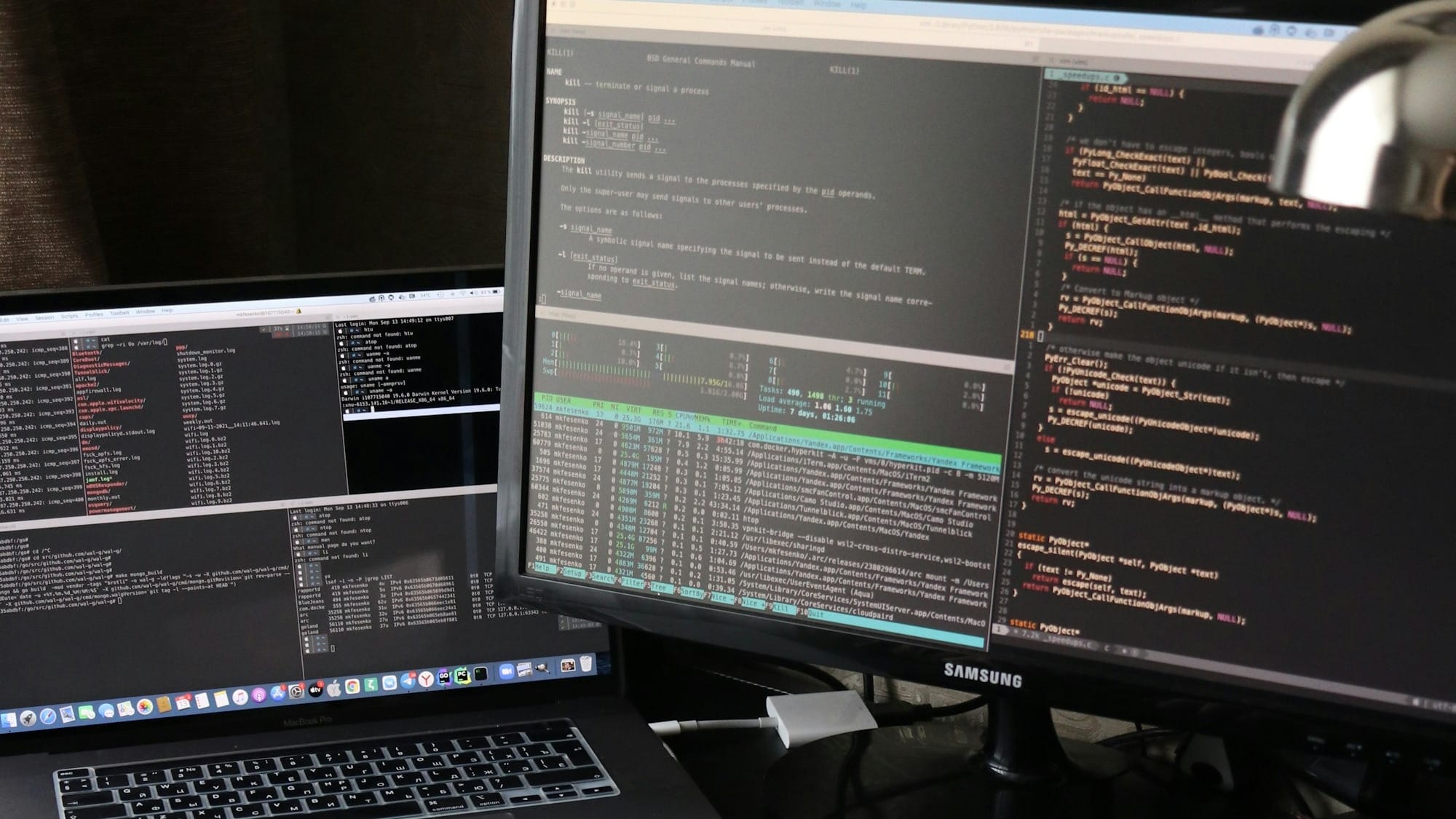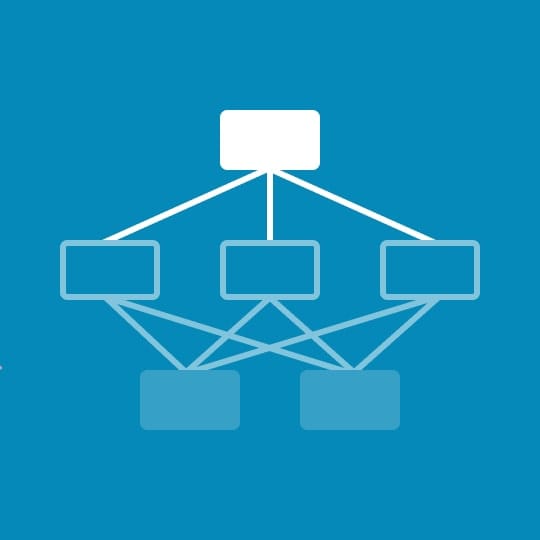· · Matthew Ford · 4 min read
Custom Solutions vs. Off-the-Shelf: How AI Changes the Equation

Building software for your business used to mean choosing between expensive custom development and rigid off-the-shelf solutions. AI-assisted development is changing that calculation.
The traditional trade-off
Here's what the choice looked like:
| Factor | Custom | Off-the-shelf |
|---|---|---|
| Fit | Exact match | General purpose |
| Cost | $30,000 - $1,000,000+ | $100 - $500/month |
| Setup time | Months to years | Hours to weeks |
| Flexibility | High | Limited |
| Maintenance | You control | Vendor manages |
Most businesses picked off-the-shelf solutions because custom development was too expensive and too slow. You lived with the gaps and workarounds.
What AI-assisted development changes
AI tools like GitHub Copilot, Claude, and other code assistants cut development time by 30-50%. This shifts the math on when custom makes sense.
Here's why:
Speed: Projects that took months now take weeks. Developers write code faster and spend less time on boilerplate.
Cost: When development is faster, it's cheaper. Custom solutions that were $100,000 might now cost $50,000-60,000.
Quality: AI tools suggest best practices and catch common bugs early. The code quality stays high even with rapid development.
Maintenance: AI makes maintaining custom code easier. New developers get up to speed faster when AI can explain existing code.
When to choose custom now
Consider custom development if:
- Your workflows are unique: Off-the-shelf tools force you into their way of working. If your processes give you a competitive edge, custom software protects that advantage.
- Integration matters: Need to connect multiple systems? Custom development lets you build exactly the connectors you need.
- You're growing fast: Generic software gets expensive as you scale. Custom solutions grow with you without per-user fees piling up.
- Data security is critical: Full control over your code means full control over how you handle sensitive information.
- Long-term costs concern you: The subscription fees for off-the-shelf tools add up. After 3-5 years, custom solutions often cost less.
Real examples
Amazon: Built custom inventory and warehouse management software. Off-the-shelf solutions couldn't handle their scale or speed requirements.
Netflix: Created their own content delivery network when existing ones couldn't deliver the streaming quality they needed.
Uber: Built a custom platform from scratch. No existing software could handle real-time matching, dynamic pricing, and global scale.
When off-the-shelf still wins
Stick with ready-made solutions for:
- Standard business functions (accounting, basic CRM)
- Quick proofs of concept
- Areas outside your core business
- When you need to launch this week, not this quarter
Microsoft Office: Still the best choice for documents, spreadsheets, and presentations. No need to reinvent this wheel.
QuickBooks: Small businesses get professional financial management without custom development costs.
Shopify: E-commerce without the complexity. Get selling in days, not months.
The hybrid approach
You don't have to pick just one path. Many businesses combine both:
- Start with off-the-shelf software for your foundation
- Build custom modules for your unique needs
- Connect them with AI-assisted integration code
A healthcare provider might use standard ERP software but add custom patient management features. An e-commerce business might build on Shopify but create custom inventory systems.
How to decide
Follow these steps:
List your requirements
Write down what you need:
- Problems to solve
- Workflows to support
- Number of users
- Integration needs
Try before you buy
For off-the-shelf options:
- Get demos
- Start free trials
- Have your team test them
- Read reviews from similar businesses
Calculate true costs
Look beyond the sticker price:
| Cost type | What to consider |
|---|---|
| License | Upfront or monthly fees |
| Users | Per-seat charges as you grow |
| Training | Getting your team productive |
| Integration | Connecting to existing systems |
| Maintenance | Updates and support |
| Customization | Adapting to your needs |
Think ahead
Will this solution work in 3 years? 5 years?
Custom software grows with you. Off-the-shelf tools might not support your future plans.
Get expert input
Talk to developers who use AI tools. Ask:
- How much faster is development now?
- What projects make sense to build custom?
- Where do off-the-shelf tools still win?
The AI development advantage
Here's what makes AI-assisted development different now:
Rapid prototyping: Build working versions in days to test ideas before committing.
Lower risk: Smaller initial investment means less downside if requirements change.
Easier iteration: Making changes is faster, so you can adapt as you learn what works.
Better documentation: AI tools help document code as it's written, making maintenance easier.
Making your choice
Ask yourself:
- Do off-the-shelf tools do what I need? (Be honest about "nice to have" vs "must have")
- Can I afford the subscription fees long-term?
- Will generic software limit my growth?
- Do I have unique processes worth protecting?
- How much control do I need over my data?
If you answered yes to questions 2-5, custom development deserves serious consideration. With AI assistance, it's more accessible than ever.
Don't rush
45% of IT projects go over budget. Take time to:
- Map your real needs
- Test off-the-shelf options thoroughly
- Get accurate custom development quotes
- Factor in all costs, not just initial price
- Talk to other businesses in your industry
The bottom line
AI-assisted development makes custom software faster and more affordable. The old rule was "buy unless you absolutely must build." Now it's "evaluate both options seriously."
Off-the-shelf solutions still win for standard business needs. But for your unique workflows, competitive advantages, or complex integrations, custom development is more viable than ever.
The best choice depends on your specific situation. But you have more real choices now than you did two years ago.
Your next steps
Ready to explore your options?
- Document your requirements clearly
- Test available off-the-shelf solutions
- Talk to development teams about AI-assisted custom development
- Compare total costs over 3-5 years
- Choose based on your long-term needs, not just initial price
The right software choice can give you a real competitive advantage. Take the time to get it right.
FAQs
How has AI changed custom software development costs?
AI-assisted development typically reduces costs by 30-50% through faster development times and fewer bugs. Projects that cost $100,000 two years ago might now cost $50,000-70,000.
Is AI-assisted custom development as reliable as traditional development?
Yes. AI tools help developers write better code by suggesting best practices and catching common errors. The code still gets reviewed by experienced developers.
When should I definitely choose off-the-shelf?
Choose off-the-shelf for standard business functions (like accounting), when you need to launch quickly, or for areas outside your core business focus.
Can I switch from off-the-shelf to custom later?
Yes, but it's easier to start custom and scale it. Moving from off-the-shelf to custom means rebuilding, which costs more than building right the first time.
How long does AI-assisted custom development take?
Simple projects: 4-8 weeks. Medium complexity: 2-4 months. Complex systems: 4-6 months. This is 30-50% faster than traditional custom development.
Do you need help with your application?
At Bit Zesty, we specialise in building and maintaining bespoke software and integrating AI into existing applications.
Looking to build an application, but unsure of the price? Keen to discuss our experience, processes and availability?


